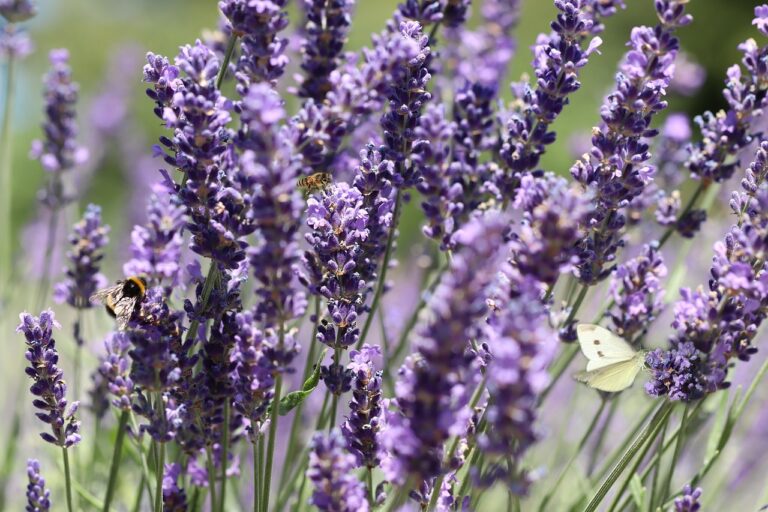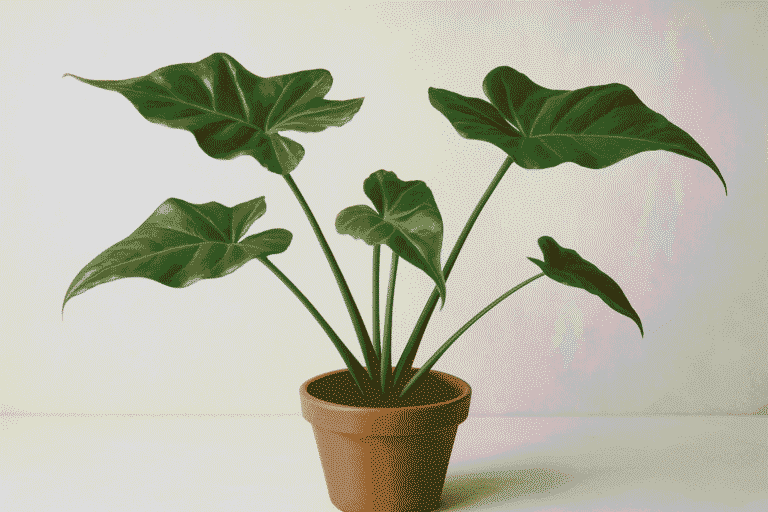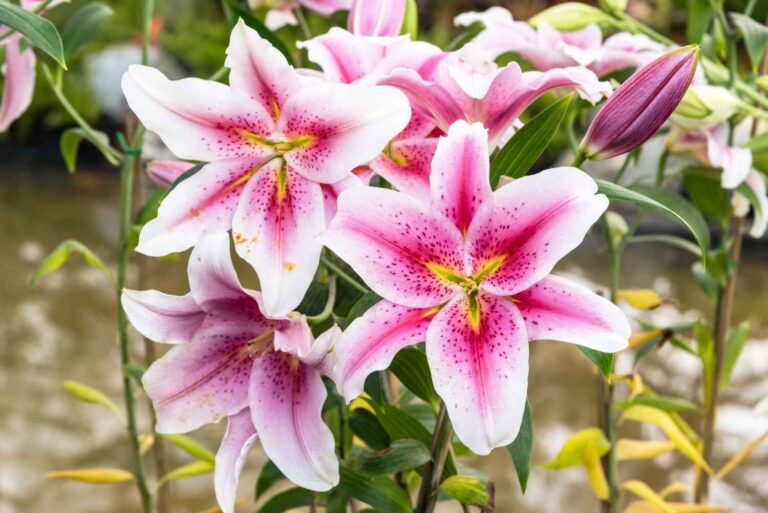Top 8 Vegetable Seeds for Florida Sandy Soil
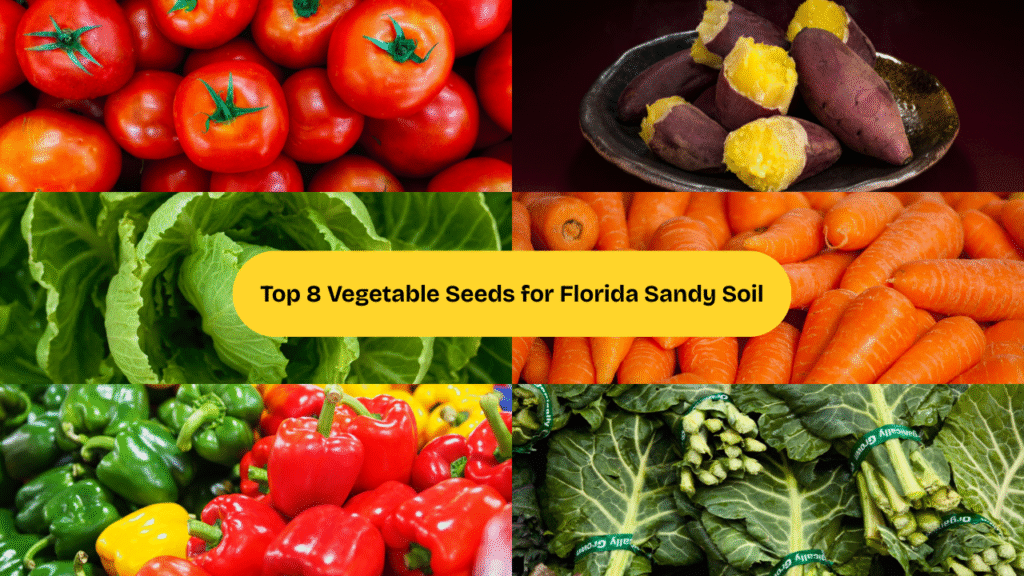
If you’ve ever tried gardening in Florida, you probably already know the struggle of working with sandy soil. It drains fast, doesn’t hold nutrients well, and can leave your plants looking more wilted than thriving. I’ve been there, excited to grow a veggie garden in my backyard, only to find that the soil just wouldn’t cooperate with what I thought were “easy-to-grow” seeds. But the good news? Not all hope is lost.
Over the past few seasons, I’ve learned that Florida’s sandy soil actually has its advantages, especially when you choose the right vegetable seeds. Some plants not only tolerate this soil type but actually love it. The trick is knowing which ones to grow and how to give them a solid start.
In this post, I’m sharing my go-to list of the top 8 vegetable seeds for Florida’s sandy soil, each one tested, grown, and enjoyed right from my own garden. Whether you’re planting in raised beds, containers, or straight into the ground, these veggies are hardy, heat-tolerant, and perfect for Florida’s unique growing conditions.
So grab your gardening gloves and let’s turn that tricky sandlot into a productive veggie patch. Trust me, once you find the right seeds, growing in sandy soil can actually be a breeze!
Here are some popular vegetable seeds that thrive in the sandy soil of Florida:
1. Bell Pepper Seeds
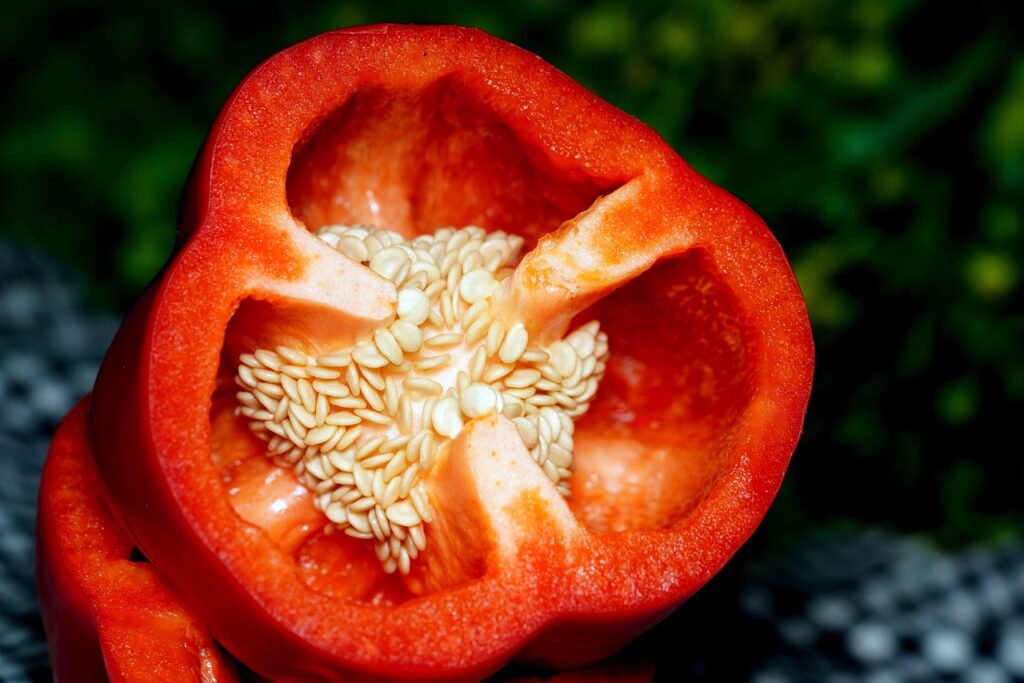
When I first started gardening in Florida’s sandy soil, bell pepper seeds weren’t at the top of my list, but I wish they had been! These colorful veggies are surprisingly easy to grow, even in well-drained sandy soil, as long as you give them a little love and the right start.
I usually start my bell pepper seeds indoors about 8–10 weeks before the last expected frost. Once the seedlings are strong enough and the weather warms up, I transplant them into raised beds mixed with compost to help retain moisture and nutrients, two things sandy soil tends to lose fast.
What’s great about bell pepper seeds is that they’re pretty forgiving. With full sun, consistent watering, and a little mulching to keep the soil from drying out too fast, you can get a solid harvest. I’ve had great luck with varieties like California Wonder and Sweet Banana, both of which handle Florida’s heat like champs.
Whether you’re aiming for crisp salads or stuffed peppers straight from the garden, growing bell peppers has been one of the most rewarding parts of my gardening journey. Don’t overlook them, bell pepper seeds truly shine in Florida’s sandy soil with just a little care.
2. Tomato Seeds
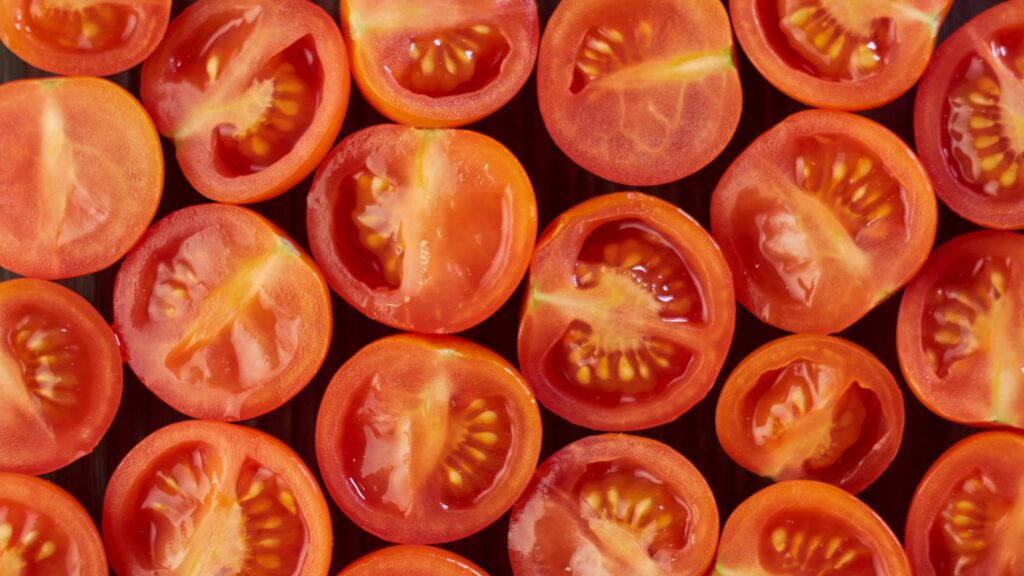
Growing tomatoes in Florida’s sandy soil felt intimidating at first, but once I got the hang of choosing the right tomato seeds and prepping the soil, it became one of my favorite garden projects.
Sandy soil drains quickly, which tomatoes actually appreciate, as long as you amend it with compost or organic matter to keep the nutrients from washing away. I usually mix in aged compost before transplanting my seedlings, and it’s made a world of difference in how my plants perform.
When it comes to choosing tomato seeds, I’ve had great success with heat-tolerant varieties like Heatmaster, Florida 91, and Celebrity. These were bred for our warmer climate and tend to resist common diseases that often hit Florida gardens.
I like to start my seeds indoors about 6–8 weeks before planting out. Once they’re hardened off and ready for the garden, I give them full sun and a sturdy cage or trellis. Trust me, tomatoes grow fast here!
Watching those green tomatoes ripen on the vine in the Florida sun is seriously satisfying. If you’re just starting out, don’t stress; tomato seeds can thrive in sandy soil with just a bit of prep and care.
3. Peas Seeds

Planting peas seeds in Florida’s sandy soil might sound tricky, but trust me, it’s totally doable with the right timing and a little soil prep. I learned this the fun way after tossing some snap pea seeds into my early spring garden and being pleasantly surprised by how well they took off.
Peas prefer cooler weather, so I usually plant my peas seeds in late fall or very early spring, when Florida temps are still mild. Since sandy soil doesn’t hold moisture for long, I mix in compost or coconut coir to help it retain water and nutrients. It’s a small step that makes a big difference.
I personally love growing sugar snap and snow peas because they’re crisp, sweet, and super easy to train up a trellis or fence. Plus, there’s something incredibly satisfying about picking fresh peas right off the vine and popping them into your mouth, garden-to-snack in seconds!
The key to success with peas seeds is consistent watering and planting in full sun. And don’t forget to mulch, Florida sun can dry things out fast. With just a little care, you’ll have a bountiful harvest in no time.
4. Sweet Potato seeds
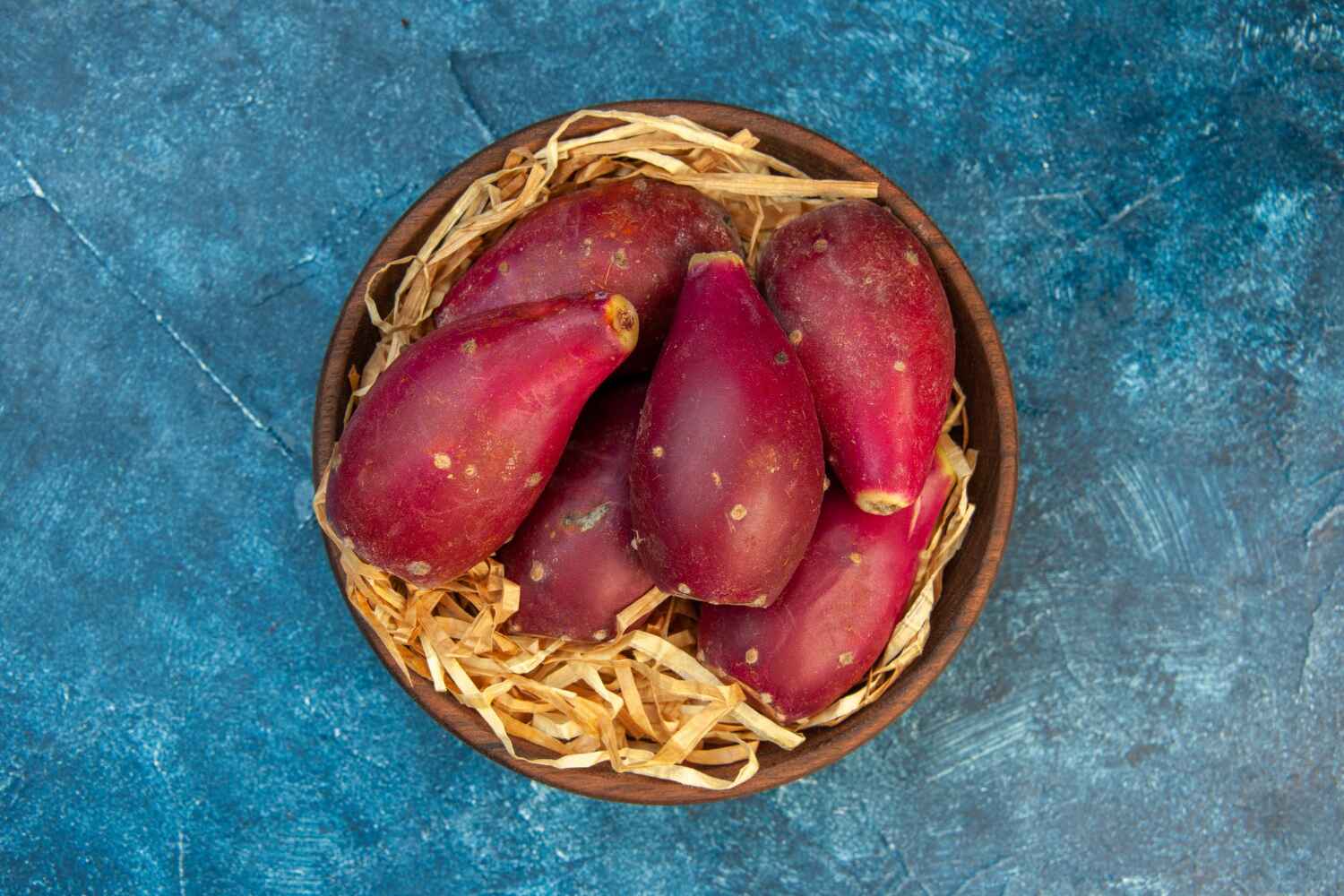
If you’re gardening in Florida and dealing with sandy soil, sweet potato seeds (or slips, to be exact) are one of the best crops you can grow. I remember the first time I planted them, I was a little unsure, but they ended up being one of the easiest and most rewarding vegetables in my garden.
Sweet potatoes love the warm climate and loose texture of sandy soil. In fact, sandy soil helps their tubers develop nicely without getting waterlogged or misshapen. I usually plant my slips once the soil has warmed up, typically late spring, and they grow like crazy through the hot months.
I like to create slightly raised mounds or ridges to give the roots room to spread. Once planted, these hardy growers don’t need much fuss, just consistent watering during dry spells and a bit of mulch to hold in moisture.
What I love most about growing sweet potato seeds is how low-maintenance they are. Plus, you get bonus greens to cook with while waiting on the sweet tubers to mature. It’s a two-for-one deal!
If you’re looking for something that thrives in Florida’s sandy soil, give sweet potatoes a shot; you won’t be disappointed.
5. Carrot Seeds

Growing carrots in Florida’s sandy soil? At first, I wasn’t so sure it would work, but carrot seeds have turned out to be one of my favorite things to plant. Sandy soil is actually ideal for carrots because it’s loose and drains well, which helps the roots grow long and straight without much resistance.
The key I’ve learned is to make sure the soil is free of rocks and clumps. I usually work in some compost to add nutrients without making the soil too heavy. Once that’s done, I sow the carrot seeds directly into the ground during the cooler months, fall through early spring tends to give me the best results here in Florida.
Patience is everything with carrots. They take a little while to germinate, but once they get going, they’re fairly low-maintenance. Just keep the soil consistently moist and thin them out as they grow to avoid overcrowding.
There’s nothing quite like pulling up a fresh, crunchy carrot you grew yourself. I still get excited every time! If you’re working with sandy soil, don’t overlook carrot seeds; they might just become the quiet star of your garden, like they did in mine.
6. Zucchini Seeds

If there’s one veggie that’s made me feel like a gardening pro, it’s zucchini. I’ll never forget planting my first zucchini seeds in Florida’s sandy soil, within weeks, those plants took off like wildfire! Zucchini is one of those vegetables that thrives with sunshine, warmth, and good drainage, which makes sandy soil a surprisingly great match.
Before planting, I always mix in compost to boost the nutrient content since sandy soil tends to be light on fertility. I sow the zucchini seeds directly into the ground once the soil warms up, usually around late March or April, and give them plenty of space to spread out.
One thing I’ve learned: zucchini plants grow fast and produce a ton, so be ready! I water them consistently and mulch around the base to help retain moisture and keep the weeds down. In return, I get crisp, tender zucchinis perfect for grilling, baking, or tossing into a stir-fry.
Growing zucchini seeds has become a staple in my Florida garden. They’re easy, reliable, and super rewarding. If you’re new to gardening or just want something that performs well in sandy soil, zucchini is a no-brainer.
7. Lettuce Seeds

Lettuce was one of the first things I ever grew in my Florida garden, and I still get excited every season when it’s time to sow my lettuce seeds. It’s quick, rewarding, and surprisingly easy, even in our famously sandy soil.
Since sandy soil drains fast, I always mix in a generous amount of compost before planting to help retain moisture and add nutrients. Lettuce prefers cooler temps, so I plant my lettuce seeds in early spring or fall when the weather is mild. I just scatter the seeds lightly, cover them with a thin layer of soil, and keep the area consistently moist until they sprout.
I’ve tried growing different varieties, romaine, butterhead, even a colorful mesclun mix, and they all do great with a little afternoon shade and regular watering. The trick is to harvest often to encourage new growth, and believe me, there’s nothing like walking out to the garden and picking fresh lettuce for dinner.
Whether you’re brand new to gardening or just looking to add some greens to your backyard, lettuce seeds are an easy win. With just a little care, they thrive in Florida’s sandy soil and give you fresh, crisp leaves in no time.
8. Collards Seeds

If you’re looking for a leafy green that’s tough, tasty, and tailor-made for Florida gardens, you’ve got to try planting collards seeds. I didn’t grow up eating collards, but once I started gardening in sandy soil, I quickly discovered how well they perform, and now they’re a staple in my fall and winter garden.
Collards are incredibly hardy, and they actually prefer the cooler months here in Florida. I sow collards seeds directly into the garden from late fall through early spring. Since sandy soil drains fast, I always mix in compost before planting to help the young seedlings hold onto moisture and nutrients.
What I love most about collards is how low-maintenance they are. With consistent watering and a little mulch, they grow big, hearty leaves that can be harvested again and again. I usually pick the outer leaves and let the center keep growing, it’s like a gift that keeps on giving.
Collards also handle Florida’s swings in temperature better than most leafy greens. If you’re new to growing in sandy soil, starting with collards seeds is a smart move, they’re resilient, productive, and delicious right off the plant or cooked Southern-style.
Conclusion
Gardening in Florida’s sandy soil can feel challenging at first, but after spending time experimenting and learning what grows best, I can honestly say it’s totally worth it. Sandy soil drains quickly and doesn’t hold nutrients the way heavier soils do, but that also means it warms up faster in the spring and offers great drainage, perfect for certain vegetables.
The key is choosing the right seeds and giving your garden a little extra TLC with compost and consistent watering. From bell peppers and tomatoes to sweet potatoes and collards, there are plenty of veggies that thrive in sandy soil if you know how to care for them.
For anyone new to gardening here or struggling with their sandy soil patch, I encourage you to try some of these tried-and-true vegetable seeds. With patience and the right approach, you can turn that sandy ground into a productive and rewarding garden.
At the end of the day, gardening is as much about the experience and connection to the earth as it is about the harvest. So grab your gloves, embrace your sandy soil, and enjoy watching your garden grow!
Frequently Asked Questions
Vegetable seeds like bell peppers, tomatoes, carrots, zucchini, lettuce, collards, sweet potatoes, and peas grow best in Florida, especially when planted in well-amended sandy soil.
Crops like sweet potatoes, carrots, and zucchini perform especially well in sandy soil thanks to its excellent drainage and loose texture.
Zucchini is one of the fastest growing vegetables in Florida, thriving in warm temperatures and sandy soil with proper care.
Organic compost or a balanced slow-release fertilizer rich in nitrogen and potassium works best to enrich sandy soil and support healthy plant growth.
Cover crops like clover, rye, or cowpeas are great for sandy soil, helping to improve soil
structure, retain moisture, and add nutrients naturally.
Table of Contents
- Top 8 Vegetable Seeds for Florida Sandy Soil
- 1. Bell Pepper Seeds
- 2. Tomato Seeds
- 3. Peas Seeds
- 4. Sweet Potato seeds
- 5. Carrot Seeds
- 6. Zucchini Seeds
- 7. Lettuce Seeds
- 8. Collards Seeds
- Conclusion
- Frequently Asked Questions
- Mona Lavender Plant: Complete Growing Guide for Beginners
- Alocasia Stingray Plant Guide: Tips for Healthy Growth
- Pink Lilly Flower: Growing and Caring for Pink Lillies

